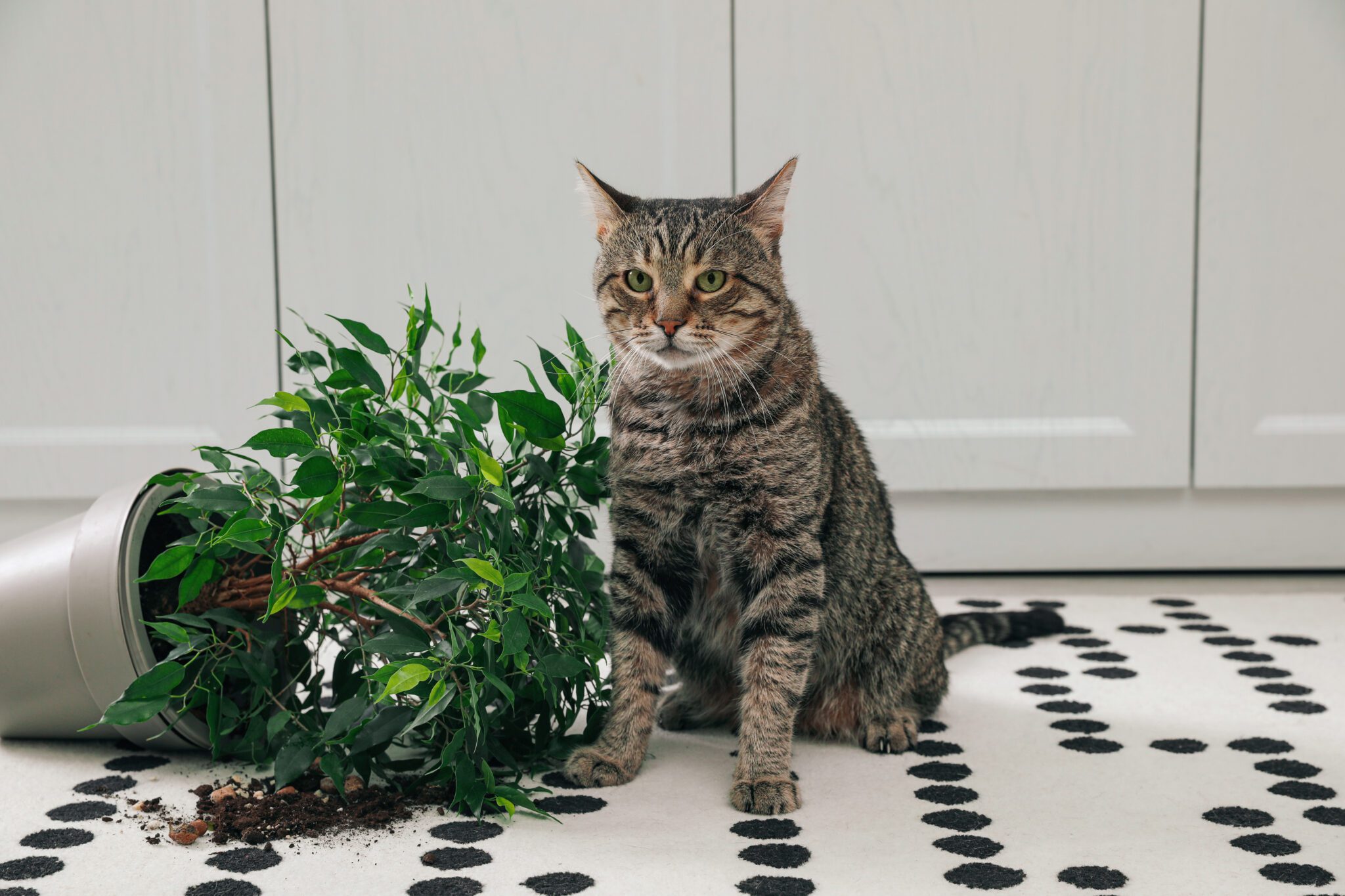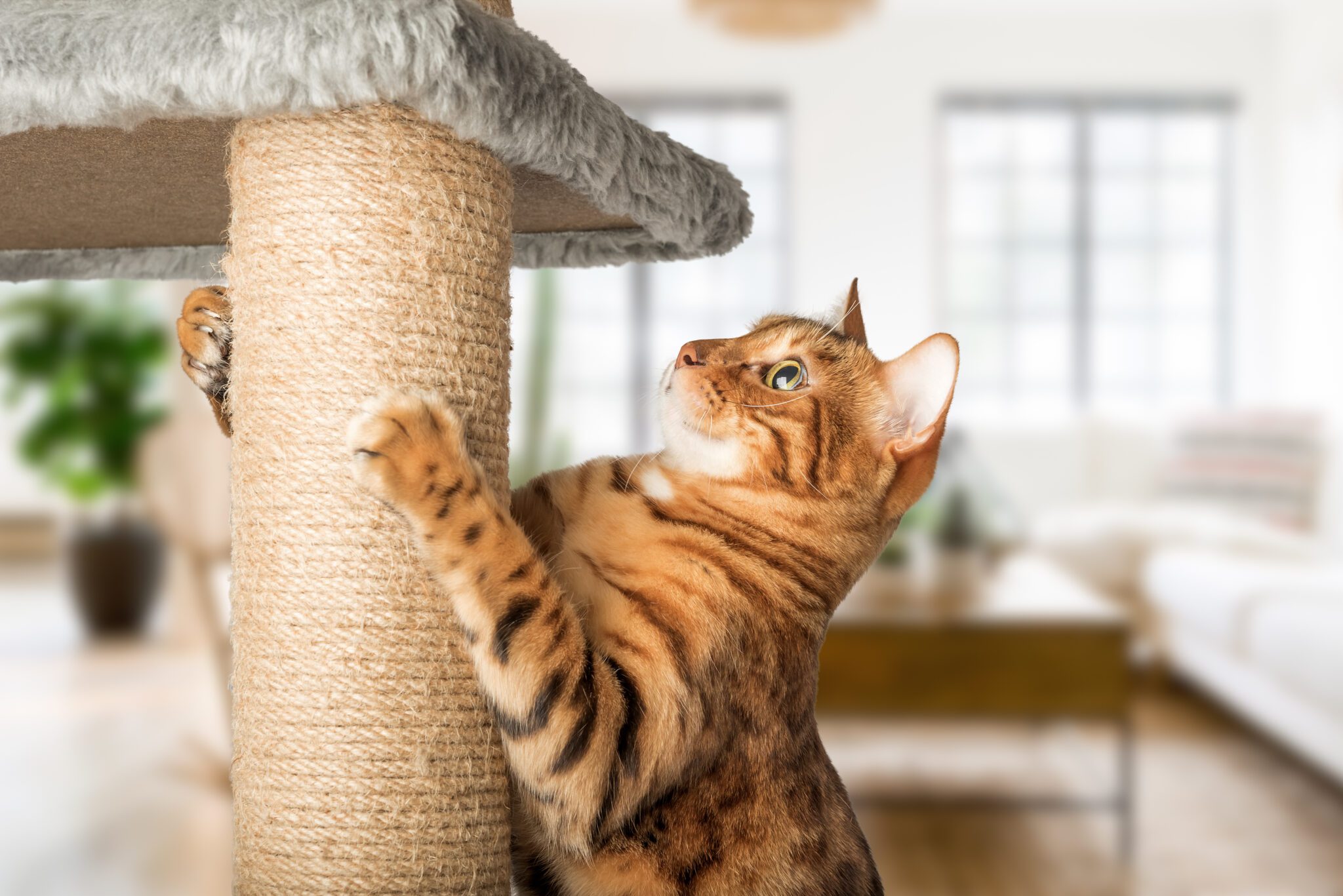Understanding Cat Behavior and Aggression
Cats are fascinating creatures, with a wide range of behaviors that can sometimes leave us scratching our heads in confusion. Understanding cat behavior is crucial in preventing and addressing aggression in our feline friends. By delving into the inner workings of their minds, we can decode their actions and create a harmonious environment for both them and us.
One key aspect of cat behavior is their territorial nature. Cats are highly territorial animals, and they often display aggression when their territory is invaded. This can manifest as hissing, growling, swatting, or even biting. It’s important to recognize that this behavior is a natural instinct and not a personal attack. By providing your cat with designated spaces that they can call their own, such as scratching posts and cozy hiding spots, you can help alleviate their territorial anxiety.
Another common cause of cat aggression is fear. When cats feel threatened or scared, they may react aggressively as a means of self-defense. It’s essential to create a safe and secure environment for your feline friend, minimizing potential stressors. This can include gradually introducing new people or animals into their space, providing them with hiding spots, and avoiding sudden loud noises or movements that may startle them.
Common Causes of Cat Aggression
Cat aggression can also be triggered by a variety of other factors. Some cats may become aggressive when they are in pain or discomfort due to an underlying health issue. If you notice a sudden change in your cat’s behavior, it’s crucial to consult with a veterinarian to rule out any medical causes.
Additionally, cats that have not been properly socialized during their early development stages may display aggression towards unfamiliar people or animals. Socialization is a crucial aspect of cat upbringing and should ideally start during the kitten stage. Exposing your cat to different environments, people, and animals in a positive and controlled manner can help prevent future aggression.
Signs of Aggression in Cats
Recognizing the signs of aggression in cats is essential in addressing the issue promptly. Some common signs include hissing, growling, swatting, biting, or even attacking. These behaviors are usually accompanied by dilated pupils, flattened ears, an arched back, and a puffed-up tail. It’s important to note that not all aggressive behaviors are the same, and some cats may display more subtle signs, such as a twitching tail or a stiff body posture.
If you notice any signs of aggression in your cat, it’s crucial to avoid punishing or scolding them. This can worsen the aggression and damage the bond between you and your feline friend. Instead, try to redirect their attention to a more appropriate behavior, such as playing with a toy or engaging in interactive play. Rewarding good behavior with treats or praise can also reinforce positive behaviors and help reduce aggression over time.

The Importance of Cat Enrichment
Cat enrichment plays a vital role in preventing and addressing behavioral problems, including aggression. Cats are natural hunters and explorers, and without adequate stimulation, they can become bored and frustrated, leading to destructive or aggressive behaviors. Providing them with a stimulating environment can help satisfy their natural instincts and keep them mentally and physically engaged.
One of the simplest ways to enrich your cat’s environment is by offering a variety of toys that mimic prey, such as feather wands, puzzle toys, or treat-dispensing toys. These toys can keep your cat entertained while also providing them with an outlet for their hunting instincts. Additionally, rotating toys regularly can prevent boredom and keep your cat engaged.
Creating vertical spaces for your cat, such as cat trees or wall-mounted shelves, can also provide them with opportunities for climbing, perching, and observing their surroundings from a higher vantage point. Cats are natural climbers, and having vertical spaces can help reduce stress and provide them with a sense of security.
Enrichment Ideas for Cats
In addition to toys and vertical spaces, there are many other enrichment ideas that you can incorporate into your cat’s daily routine. One idea is to provide them with interactive feeding puzzles. These puzzles require your cat to work for their food, stimulating their problem-solving skills and keeping them mentally engaged.
Another enrichment idea is to create a “kitty garden” by planting cat-safe herbs, such as catnip or cat grass. Cats can enjoy exploring and nibbling on these plants, which can provide both mental and physical stimulation.
You can also introduce clicker training to your cat’s routine. Clicker training is a positive reinforcement technique that involves using a clicker as a marker for desired behaviors, followed by a reward. This training method can help redirect your cat’s attention, reinforce positive behaviors, and build a stronger bond between you and your feline friend.
| “As an Amazon Associate I earn from qualifying purchases.” | |||
How to Address Cat Behavioral Problems
Addressing cat behavioral problems, including aggression, requires patience, consistency, and understanding. Positive reinforcement training is one effective approach that can help modify your cat’s behavior in a gentle and humane way.
The first step in positive reinforcement training is to identify and reward desirable behaviors. For example, if your cat tends to become aggressive during playtime, you can reward them for gentle play and redirect their attention if they become too rough. This can be done by offering treats, praise, or play sessions with their favorite toys.
Consistency is key in positive reinforcement training. It’s important to be consistent in your rewards and expectations, as well as in how you respond to undesirable behaviors. By consistently rewarding positive behaviors and ignoring or redirecting negative behaviors, you can help shape your cat’s behavior over time.

Seeking Professional Help for Cat Aggression
In some cases, cat aggression may require the assistance of a professional behaviorist or veterinarian. A behaviorist can assess your cat’s behavior and provide tailored advice and training techniques to address the aggression. They may also recommend behavior-modifying medications in severe cases.
If your cat’s aggression is causing harm to themselves or others, or if it is accompanied by other concerning behaviors, such as excessive fear or anxiety, it’s crucial to seek professional help. A behaviorist or veterinarian can help determine the underlying causes of the aggression and develop a comprehensive treatment plan.
Cat Calming Techniques and Products
In addition to behavioral training and professional help, there are various calming techniques and products that can help reduce aggression in cats. One popular technique is the use of pheromone diffusers or sprays. These products mimic the natural pheromones that cats produce to mark their territory and create a sense of security and familiarity. They can help calm anxious or aggressive cats in stressful situations.
Another calming technique is the use of music or white noise. Cats are sensitive to sounds, and certain types of music or calming sounds, such as classical music or nature sounds, can have a soothing effect on them. Playing calming music or leaving a white noise machine on in the background can help create a peaceful environment for your cat.
Conclusion: Building a Harmonious Relationship with Your Feline Friend
Understanding cat behavior and addressing aggression is crucial in building a harmonious relationship with your feline friend. By recognizing the common causes of aggression, providing enrichment, and using positive reinforcement training techniques, you can help prevent and manage aggressive behaviors in your cat.
Remember to be patient and consistent as you work with your cat, and don’t hesitate to seek professional help if needed. With time, effort, and understanding, you can tame your feline fiend’s aggressive antics and create a loving and peaceful home for both of you.
Are you struggling with cat behavioral problems? Don’t let the cat-astrophe continue! Seek professional help or try out some of the enrichment ideas and calming techniques mentioned in this article. Your feline friend will thank you!

